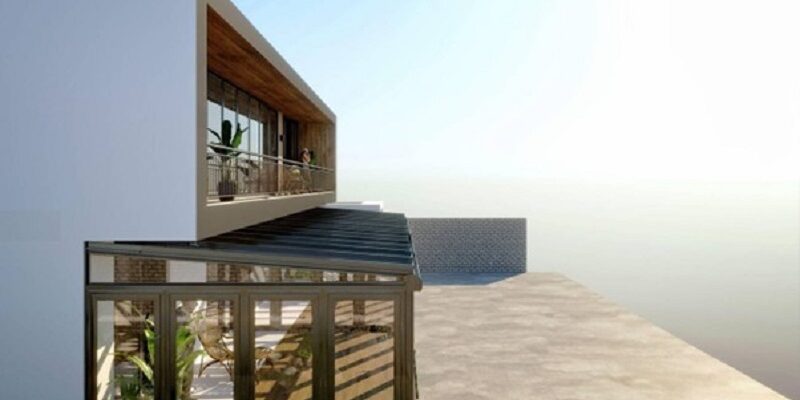Polished Concrete – Known and Unknown Facts!
Polished concrete is a kind of concrete, which is polished through a series of mechanical and professional machinery which is specifically designed for polishing concretes. It takes various grinding procedures to fully utilise the equipment and get perfectly finished polished concretes. A hardener or also called densifier is a penetrant chemical which is used during the process that penetrates right into the concrete, making it harder and dust-proof. Polished concrete is a part of the ‘green flooring system’ and has been approved by the LEED (Leadership in Energy and Environmental Design). Dyes specially prepared for concrete polishing are generally applied to add colour to the concrete as well as other options like creating radial lines, grids, scoring, bands, borders, and other similar designs. The concrete is polished up to at least 800 grits and more since it is not considered as polished concrete below that. Sometimes it is also polished till it reaches the level of 800, 1300 or even at 300 grit.
 |
| Polished Concrete |
Known and unknown facts of polished concrete:
Lower lifetime cost
One of the major benefits of polished concrete is that it requires minimum maintenance. In areas like schools, hallways, corridors; polished concrete proofs to be long lasting and effective. Polished concrete can be cleaned with ease and requires occasional damp mopping and can also endure scuff marks and tire marks. They eradicate the need of any top coating of messy wax or other coatings and the labour, time and expense associated with it. They only need to be refinished in every five to ten years. Such concretes are dense in nature, thus can bear the oil stains or other sticky liquids. Polished concrete is said to be better than vinyl composite tiles or superior stone tiles.
Aesthetics
It is typical of people to judge a material on the basis of its price and appearance. Being inexpensive, viable and long-lasting, polished concrete is often questioned for its appearance and the results are positive. The concrete is shiny, beautiful and striking. The reason why it looks expensive and elegant is the smoothing and exposing the concrete while polishing which reflects its natural stone appeal. Sometimes the polishing may also affect the flaws or imperfections or also show a rusty look of the concrete but then the customer has to make peace with that. Sometimes the concrete also shows the crack on the floor or uneven concrete, which make its imperfections visible, but according to some people, that is an organic and natural form of the stone which they find aesthetically pleasing.
 |
| Concrete Polished |
Ambient lighting increases
Polished concrete, as the name suggests, is highly polished and thus has a high light reflectivity which is beneficial especially for offices, hotels, restaurants, shopping centres and other formal public facilities which have a clean and professional image. It makes the place look unique, formal and beautiful. It is believed that highly polished concretes look very similar to granite and provide a very higher degree of shine, more than what can be achieved by high-gloss coating.
Environment friendly
The most unique feature about polished concrete is that it is eco-friendly and is not fatal to the environment in any way. Polished concrete contains compounds like Volatile Organic compound (VOC) which make it completely harmless to nature. Also, there are no other top coatings added like epoxies, urethanes or waxes, so there is no accumulation of slurry or any other hazardous waste.
The process of making polished concrete:
The floor is cut into various diamond slabs and polished wet or dry according to one’s preferences. However, various industries are encouraging wet refinement system developments and also the use of industrial vacuums. Then the densifier is applied which determines the slab hydration. After being applied, the concrete opens up and accepts the chemical readily. The densifier is allowed to harden, followed by more cuts and trims until it reaches the required level of reflectivity.


